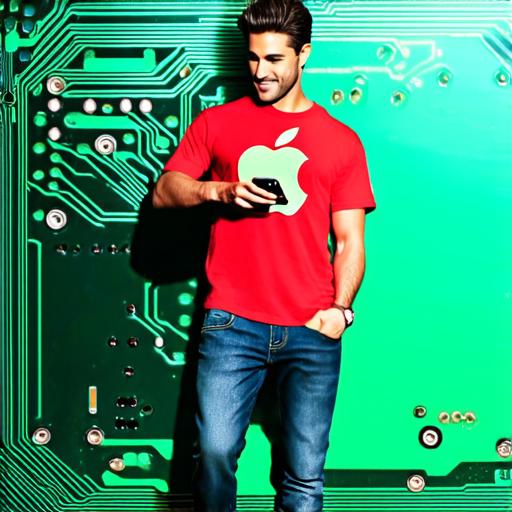Introduction:
If you own an iPhone, iPad, or iPod touch, you are probably familiar with iOS. But do you know what it is and how it works? In this article, we will explore the meaning of iOS, its features, and how it differs from other operating systems. We’ll also look at some real-life examples of how iOS has been used in mobile app development.
What is iOS?
iOS is Apple’s mobile operating system (OS) for iPhones, iPads, and iPod touches. It was first introduced in 2007 along with the iPhone and has since become one of the most popular mobile operating systems in use today. iOS is designed to be intuitive and easy to use, with a focus on touch-based interactions.
Features of iOS:
One of the key features of iOS is its touch interface. This allows users to interact with their devices using gestures such as swiping, tapping, and pinching. Other features of iOS include:
- Multitasking: Users can run multiple apps simultaneously on their iOS devices, allowing them to multitask and be more productive.
- Notifications: iOS provides notifications for new messages, emails, and other important updates, so users never miss an important message or update.
- Siri: iOS devices come with a virtual assistant called Siri that allows users to interact with their devices using voice commands.
- App Store: The App Store is a marketplace where users can download and purchase apps for their iOS devices. There are over 2 million apps available on the App Store, ranging from productivity tools to games.
How does iOS differ from other operating systems?
iOS differs from other operating systems in several ways. Firstly, it is designed specifically for mobile devices, while other operating systems such as Windows and macOS are designed for desktop computers. This means that iOS is optimized for touch-based interactions and has a different user interface than other operating systems.
Secondly, iOS is closed source, which means that the code for the operating system is not available to developers or users. This makes it difficult to customize the operating system or add new features. However, this also helps to ensure that the operating system is secure and stable.

Finally, iOS has a stricter app review process than other operating systems. All apps submitted to the App Store must go through a review process before they can be published, which helps to ensure that the apps meet Apple’s quality standards.
Real-life examples of iOS in action:
iOS has been used in a variety of ways to develop mobile apps. Here are some real-life examples:
- Uber: The popular ride-hailing app was developed for iOS and is now available on both iOS and Android devices.
- Instagram: The photo sharing app was also developed for iOS and is now available on both iOS and Android devices.
- Snapchat: The disappearing message app was also developed for iOS and is now available on both iOS and Android devices.
Case study: Developing a mobile app using iOS
To illustrate how iOS can be used in app development, let’s look at the case study of a small startup that wanted to develop a mobile app for their business. The startup had a great idea for an app that would allow customers to order food from their restaurant and have it delivered directly to their door.
The team decided to develop the app for iOS first, as they knew that most of their customers used iPhones. They used Xcode, Apple’s development environment, to build the app and submitted it to the App Store for review.
After a few days of waiting, the app was approved and published on the App Store. The team then launched a marketing campaign to promote the app and encourage customers to download it.
The app was a huge success, with thousands of downloads in the first few weeks. Customers loved the ease of use and convenience of the app, and many of them started ordering food from the restaurant using the app on a regular basis.
Summary:
iOS is Apple’s mobile operating system for iPhones, iPads, and iPod touches.
